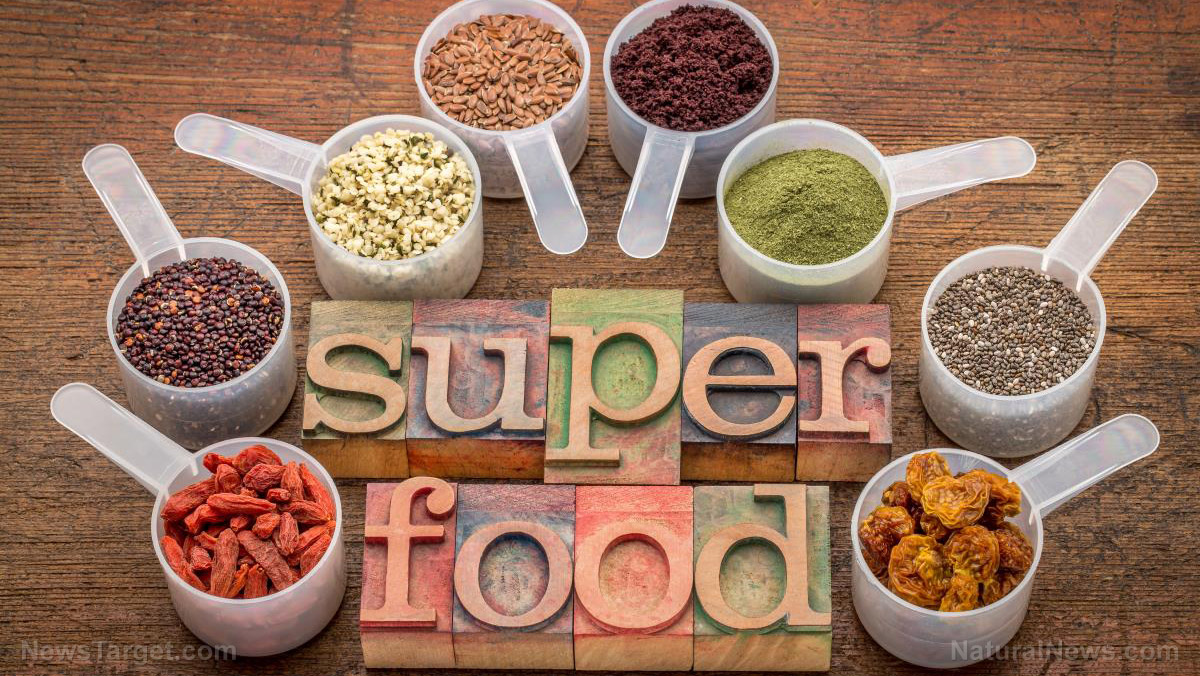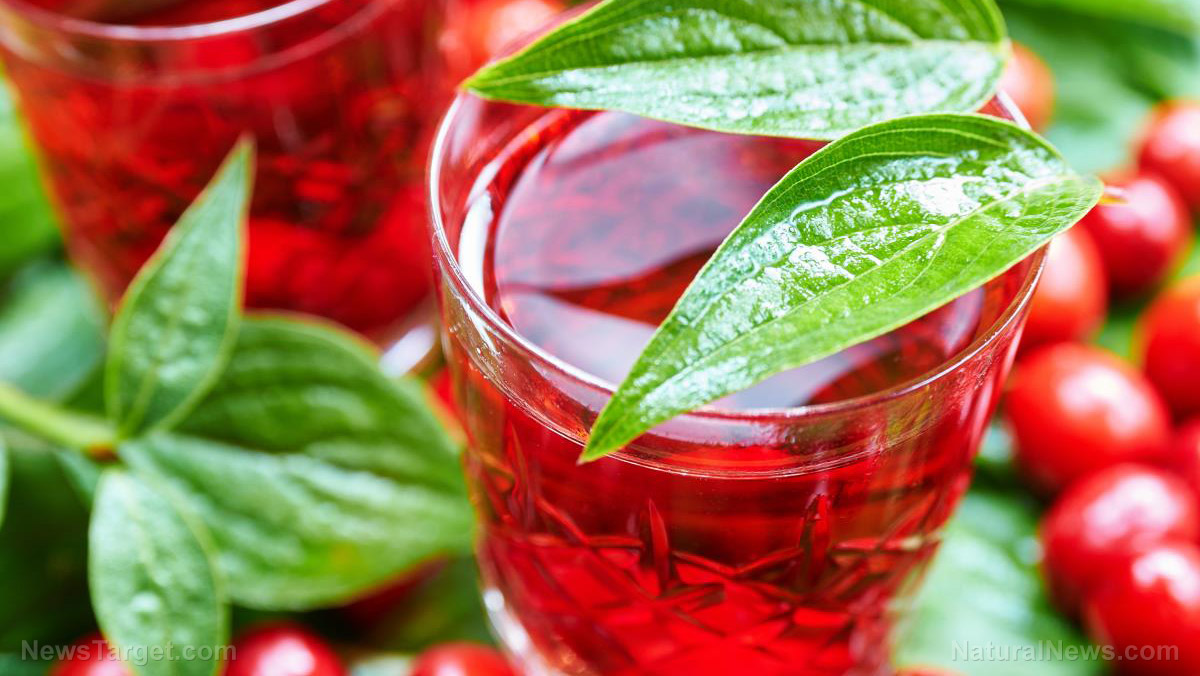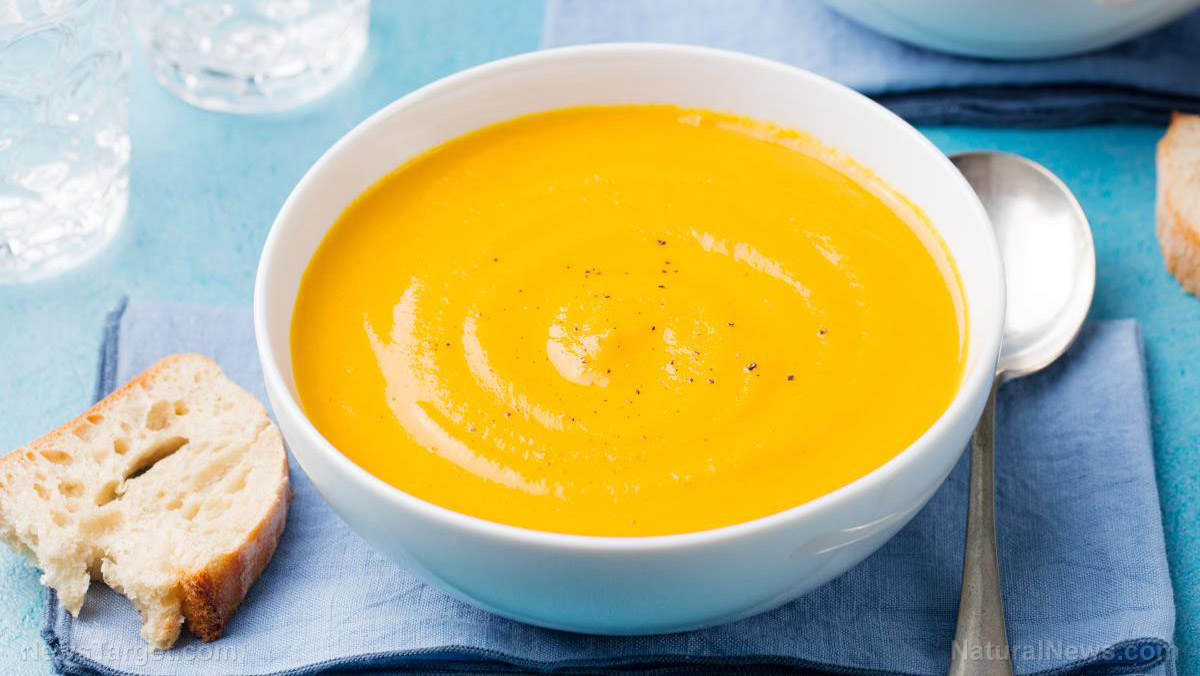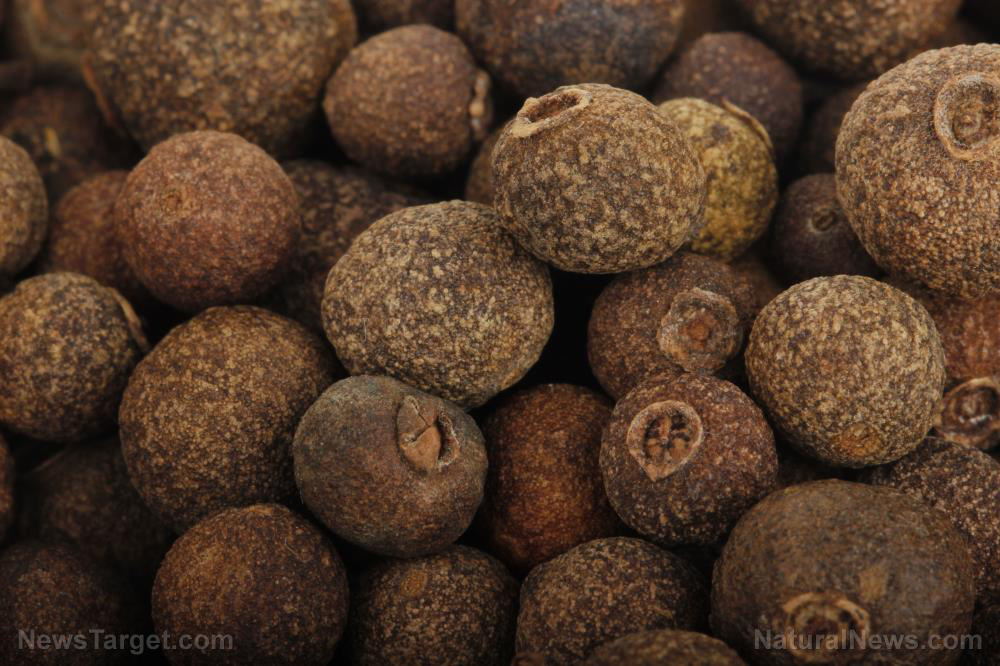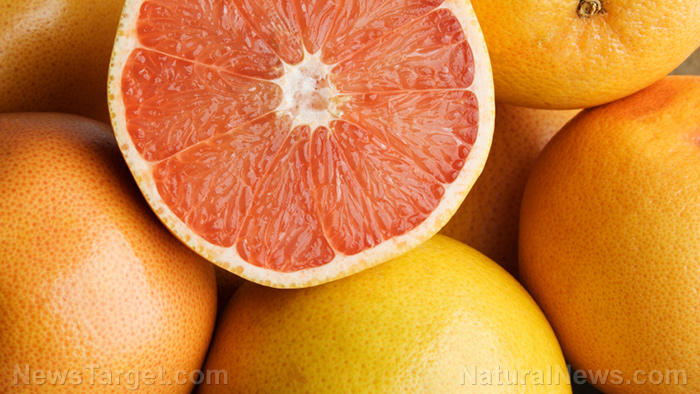3 Benefits to using Himalayan salt
02/05/2019 / By Mary Miller

Your body needs some amount of sodium chloride or salt to function properly, but due to how easy it is to add salt to flavor your food, it can be just as easy to end up consuming too much of it. The unhealthy quantities of salt in your body can risk interfering with your body’s natural electrolyte balance. Fortunately, there are healthier options for seasoning your food than regular table salt. Himalayan pink salt is one of these alternatives, and it can provide some notable health benefits over regular salt.
One of the purest salts available, Himalayan pink salt contains more than 80 trace minerals, including potassium, magnesium, and calcium. Its characteristic pink color is due to the trace amounts of iron oxide and other minerals that make up its composition. While calcium and magnesium can also be found in the natural state of regular table salt, these minerals are often removed during chemical processing. Himalayan pink salt also has a slightly lower sodium chloride content than regular table salt. (Related: Pink Himalayan Salt vs Table Salt: Why You Must Make the Switch Today.)
The 3 health benefits of Himalayan pink salt
Here are a few of the ways Himalayan pink salt is superior to regular table salt in terms of potential health benefits.
- Less extensive processing. It isn’t the superior mineral content of Himalayan pink salt that makes it a healthier alternative to regular table salt. Rather, its potential health benefits stem from the fact that it undergoes less chemical processing than its white-colored counterpart. After ordinary table salt is collected from brine or salt mines, it is often broken down and recrystallized in a solution containing harsh chemicals meant to remove any impurities in the salt. These chemicals may include concentrated bleach, anti-caking agents, and food additives. When you eat regular salt, you risk ingesting residual amounts of these harsh chemicals that may irritate your mouth, throat, intestinal tract, and stomach. On the other hand, Himalayan pink salt does not undergo nearly the same amount of extensive chemical processing. Himalayan pink salt is only rinsed with water and dried. As a result, it does not contain any of these harsh chemicals, and contains the lowest amounts of impurities.
- No food additives. Regular table salt contains food additives. Some might be beneficial, such as iodine, but some are anti-caking agents to prevent clumping. One of these anti-caking agents is ferrocyanide, an iron-bound form of cyanide that may potentially result in kidney damage when taken in large quantities. According to studies, some common food additives found in ordinary salt may cause possible long-term damage. In animal studies, 40 percent of the ferrocyanide is reabsorbed through the kidneys, suggesting its continued circulation throughout the body. Not all of these food additives have been thoroughly tested for their long-term effects on human health, but you won’t find any of these food additives in Himalayan pink salt. Instead of being treated with anti-caking agents, Himalayan salt is merely crushed into smaller particles for easier use and consumption.
- Saltier flavor. According to many people, Himalayan pink salt has a better and saltier flavor than regular table salt due to its high mineral content. Because of this, people who use Himalayan salt for eating and cooking tend to use less salt overall to add flavor to their food.
If you want to cut down on your sodium intake, you might want to consider switching over to Himalayan pink salt as a healthier natural salt alternative for your body’s salt needs.
Sources include:
Submit a correction >>
Tagged Under:
This article may contain statements that reflect the opinion of the author
RECENT NEWS & ARTICLES
COPYRIGHT © 2017 SUPERFOODS NEWS


